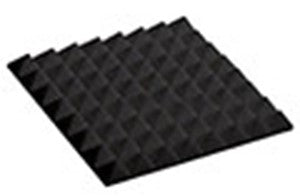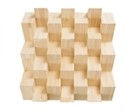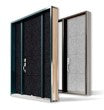4 Things to Ask Yourself Before Purchasing Acoustic Treatment
by
DAI Designer
08 Mar 2021

You've selected your microphone, cameras, and other pieces of gear, but you're still unhappy with the tone of your voice. The acoustics of the space have been underestimated, which is one of the most critical aspects of filming. Every other sound in your studio collides with a surface and is either absorbed or reflected out. Acoustic carelessness can usually harm your recordings. From early reflections to bass modes, there's plenty for everyone here. That's why we put together this acoustic treatment buying guide to help you understand the basics of improving your room's sound. jDantastic, a YouTube gaming content creator tells us how much he enjoys the sound quality. Pyramid Arrowzoom Acoustic Foams vastly increase his audio quality. When it comes to film, audio is very critical to him so some people believe that if the audio quality is poor, the video will be poor. That may even be the reason that the video isn't being watched by the intended audience.
So, before you go out and buy acoustic foam, here's what you should remember.
Is it something I require?
Definitely!! It's possible that your project studio wasn't designed to be a pleasant place to record in the first place. That is why you need low-cost acoustic therapy. Did you know your environment makes its sound? The direction in which sound travels determines how it travels. It may be reflected and/or ingested depending on several factors.

Have you ever tried yelling in a parking garage? You described the sound as "fast, noisy, and bouncing." When two separate surfaces reflect each other's sounds, this happens. When the echoes emerge in rapid succession, a fluttering sound can be heard.

When it comes to acoustic therapy, there are three different kinds of acoustic foams to include. The Absorption, Diffusion, and Bass traps are the three types. Acoustic foam is well-engineered to minimize noise and slap flutter in terms of sound absorption. These are the two most common problems with rooms that aren't designed to catch and execute information.
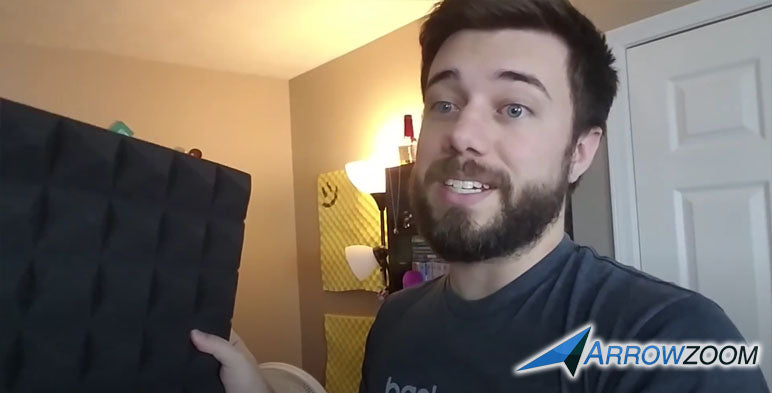
When it comes to acoustic therapy, there are three different kinds of acoustic foams to include. The Absorption, Diffusion, and Bass traps are the three types. Acoustic foam is well-engineered to minimize noise and slap flutter in terms of sound absorption. These are the two most common problems with rooms that aren't designed to catch and execute information. Acoustic Foam can improve the sound clarity of the recording and make testing more accurate. Diffusion is the second element. It will prevent sound waves from accumulating, and there will be few if any, hot spots. Bass Traps are the last item on the list. If you want to balance out the sound in your room, corner bass trapping is a must because low frequencies seem to crowd in the corners and trigger problems, such as increasing the apparent frequency of the bass in the room.
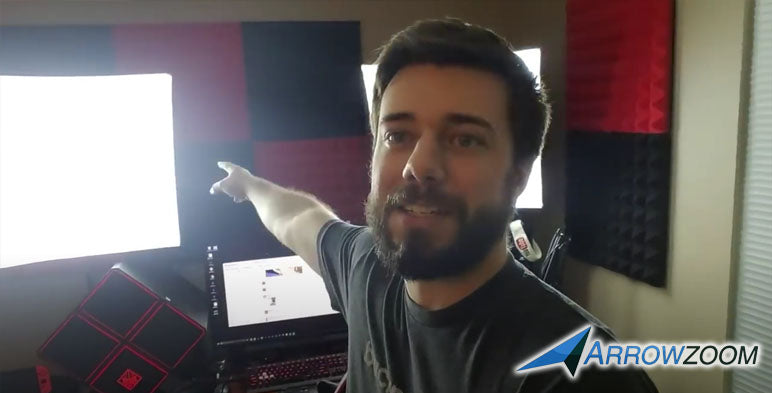
Choosing the best location for your acoustic approach is indeed a science. It centered on your goals, space's intent, and architecture. Remember that if the unnecessary sound is still on tape, you won't be able to remove it. Here are few pointers to assist you with your acoustic therapy installation. The sidewalls may be both absorbent and diffusive. If you have a limited budget, focus on the acoustic treatment of the sidewalls since these are the sound points that will provide you with a safe and secured listening environment; however, if you have a completely absorbent room, such as an isolation booth, start at the top of the wall and work your way down to your knee level. You'll be able to keep track of logging variables like blend, EQ, and more.
These helpful hints for purchasing acoustic foam can make hearing therapy much simpler. More information about the Black and Red Pyramid Arrowzoom Acoustic Foams can be found by clicking here.
USE 10% CODE: AZ-DAN








